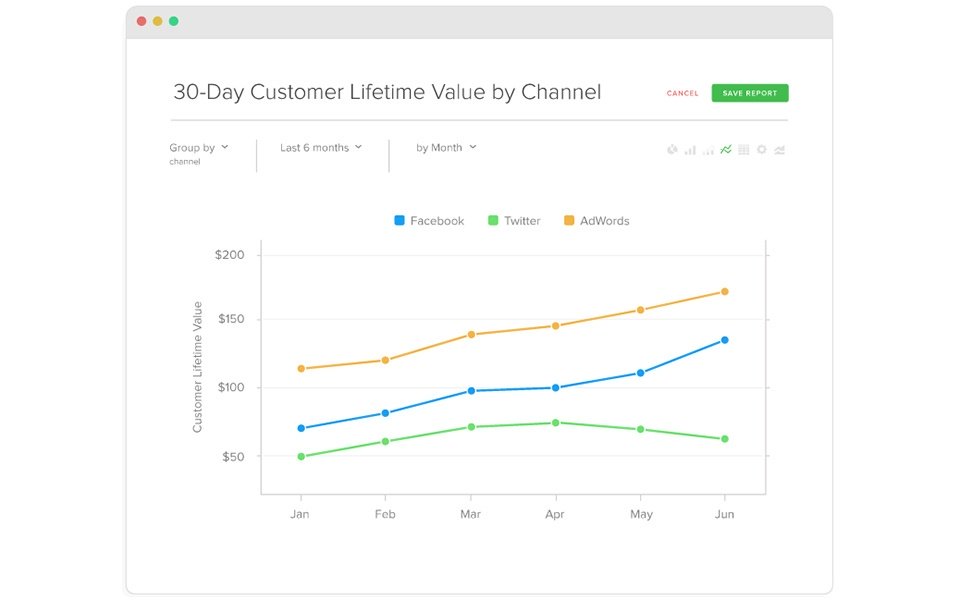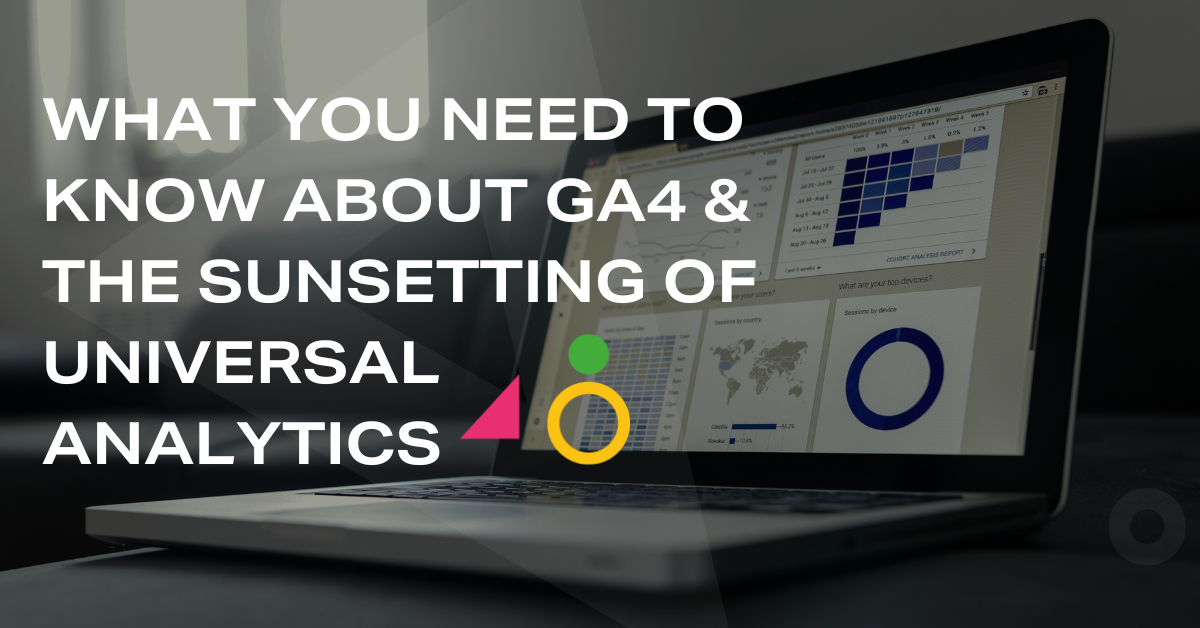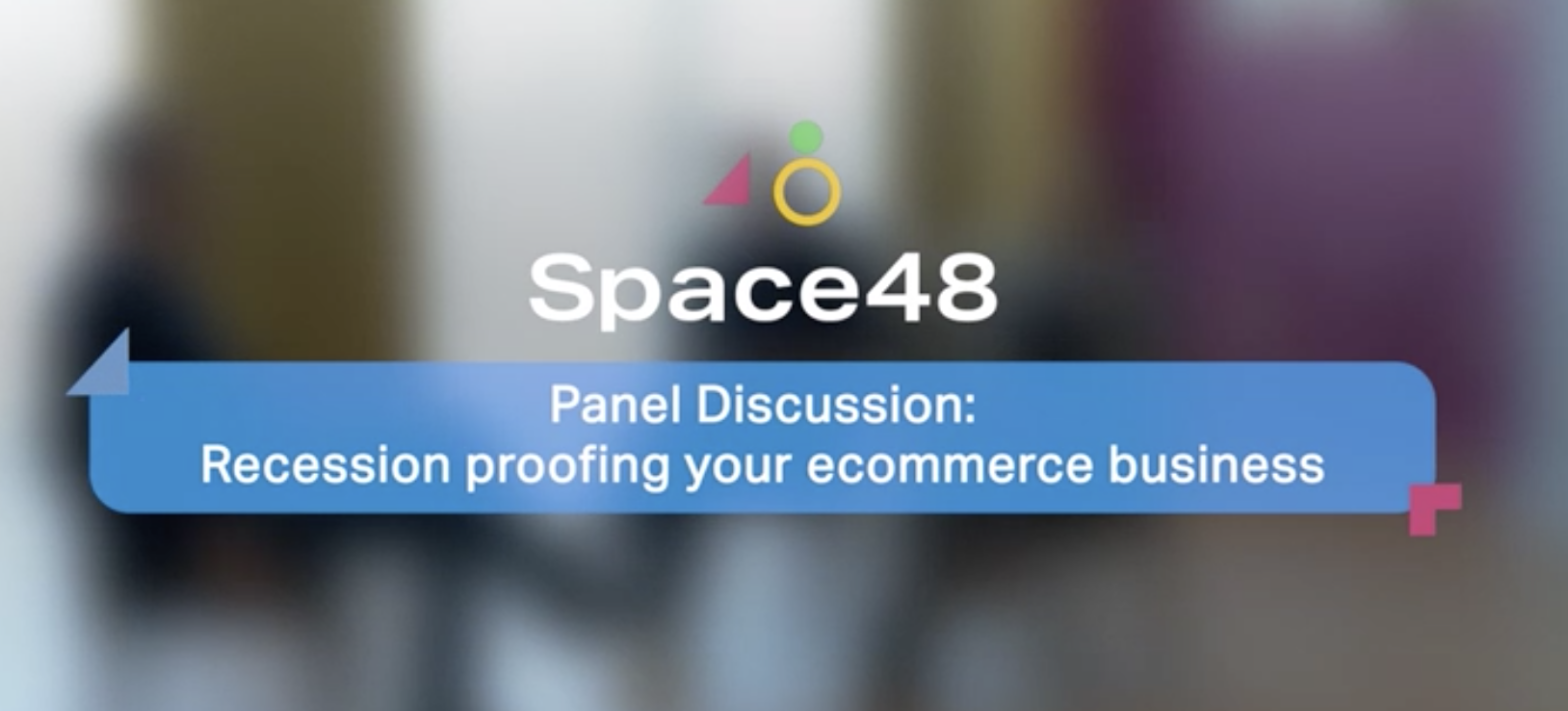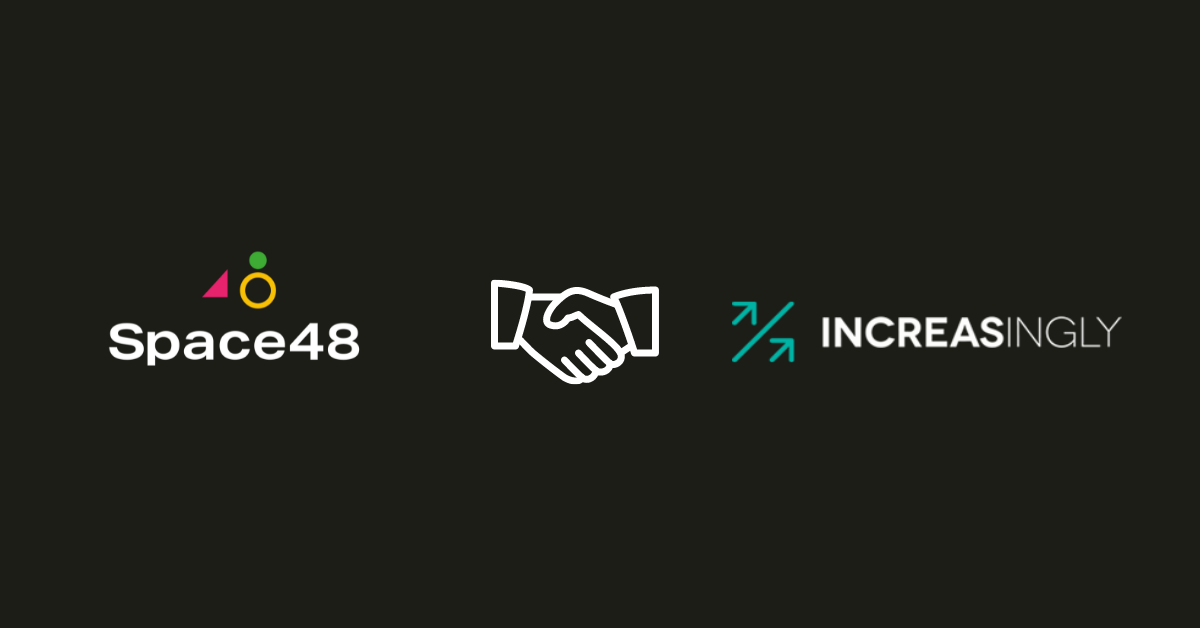
Top 5 ecommerce metrics to benchmark against competitors
In ecommerce, benchmarking your most important metrics helps you set realistic goals and targets, pinpoint your brand’s strengths and weaknesses, and plan where and how you’re going to improve performance.
Although some KPIs will be deemed more important to some businesses and industries than others, there are certain ecommerce metrics which are crucial to benchmark against similar businesses. We outline the top ecommerce metrics and discuss the key considerations for benchmarking against competitors:
5 key ecommerce metrics to benchmark:
- Conversion rate
- AOV – average order value
- CPA – cost per acquisition
- CLV – customer lifetime value
- YOY (year over year) revenue
Conversion rate
Possibly the most obvious KPI for retailers and ecommerce businesses, maintaining a high conversion rate is still so important and it’s a metric to continually monitor to ensure you’re performing at the level you should be. If conversions start to dip, you know something’s up with your content, UX (user experience) or customer journey.
If your conversion rate is significantly down on your competitors, you should consider the following factors:
- Are you monitoring your site speed and is your site speed as fast as it can be?
- Does your website meet consumer expectations on mobile UX ?
- Are visitors reaching relevant landing pages from CTAs and paid ads?
- How compelling is your marketing copy and calls to action?
- What is your card abandonment rate like?
- Are you providing your consumers with optimal content on product pages?
These are just a few elements to consider when working out why your conversion rate is not as high as your competitors. Take customer reviews and user generated content (UGC) as an example.
A 2016 report from Pew Research found that 77% of consumers thought customer reviews were key for decision-making when purchasing products on ecommerce websites.
Look at your current UGC and compare with similar brands to see how you can improve or scale up – consider using video reviews, with help from third-party solutions like Videoly.
Check out our guide to the must-have ecommerce strategies to increase conversions to learn more about CRO tactics in ecommerce.
AOV (average order value)
If your conversion rate is high but your AOV is much lower than brands similar to yours, what does this tell you about your ecommerce store? You’re good at convincing browsers to convert on product pages or landing pages, but maybe you’re not upselling or offering personalisation and product recommendations to encourage customers to put more products in their carts.
Key considerations for benchmarking AOV:
- Are your competitors selling more big-ticket items?
- Are they doing more personalisation during the route to purchase?
- Do you need a third-party personalisation partner, like Nosto to encourage customers to purchase related products?
- How does your free delivery threshold compare with competitors?
Expert tip: Test and analyse your delivery options and learn how different delivery thresholds, proportionate delivery costs and free delivery impact your AOV.
CPA (cost per acquisition)
It’s crucial to review the impact and ROI of different channels for acquiring new customers. Benchmark your cost per acquisition in terms of acquisition channels and budget.
Consider the following questions:
- What acquisition channels are my competitors using?
- Which channels are they having most success with?
- How does my budget compare with my competitors?
- Which channels are creating the most impact and which channels are failing?
- Is my budget too thinly spread across channels?
We recommend using analytics solutions, such as RJ Metrics, which is a highly-effective business intelligence tool for helping ecommerce businesses see the bigger picture with customer acquisition.

CLV (customer lifetime value)
Customer lifetime value is often overlooked, but it’s an important metric to predict long-term success. Too many businesses focus on acquiring new customers and achieving one-off conversions, especially with paid activity.

Interesting stat: “A RJ Metrics study found that typical online stores get 43% of revenue from repeat customers, whilst businesses focused on repeat sales achieve up to 75% of revenue from repeat customers”
Benchmarking CLV will give you a good idea about the health and stability of your business. If your conversions and CLV are high, in comparison to your competitors, you’re in good shape. You can always ramp up the budget on acquisition channels when required, but nurturing existing customers is the best approach for long-term success.
Keeping existing customers happy is more cost-efficient than acquiring new customers. Monitor your CPA vs CLV to make sure your ecommerce strategy is on the right track. Email marketing, onsite personalisation and omnichannel strategies help to nurture customer relationships and increase customer lifetime value, keeping customer value above your cost per acquisition.
Learn more about personalisation with our Guide to Nurturing Customers with Personalisation.
YOY (year over year) revenue
Many business owners don’t want to know what worked well last week, or last month. They want to know that their business is growing year on year and that revenue is increasing.
This metric is trickier for benchmarking against competitors, as your competitors may have been longer established in your industry or have more resources and budget. The latter can really make a difference when comparing paid social activity, such as Facebook, as Facebook Advertising is a channel suited to high ad spend.
Take these factors into account when comparing YOY revenue with competitors, as benchmarking may reveal results which highlight ways to be leaner with your ecommerce strategy and budget.
Expert tip: The Facebook Pixel is a great way to track user activity effectively for paid social campaigns. Check out our how-to guide to the Facebook Pixel and increase your remarketing performance.
Summary
Benchmarking your KPIs is an important process, but it should be an agile process. We encourage a culture of continuous improvement. You should constantly monitor your key metrics, refining and optimising activities to maintain high-performance.
Testing plays a key part in this. Our ecommerce experts recently put together a Guide to Ecommerce Split Testing. Download the guide and start optimising your ecommerce website.
Space 48 is a leading UK ecommerce consultancy, specialising in Magento website development and omnichannel strategy. We help top retail brands create award-winning ecommerce strategies. Get in touch with our ecommerce consultants and discuss your projects.





